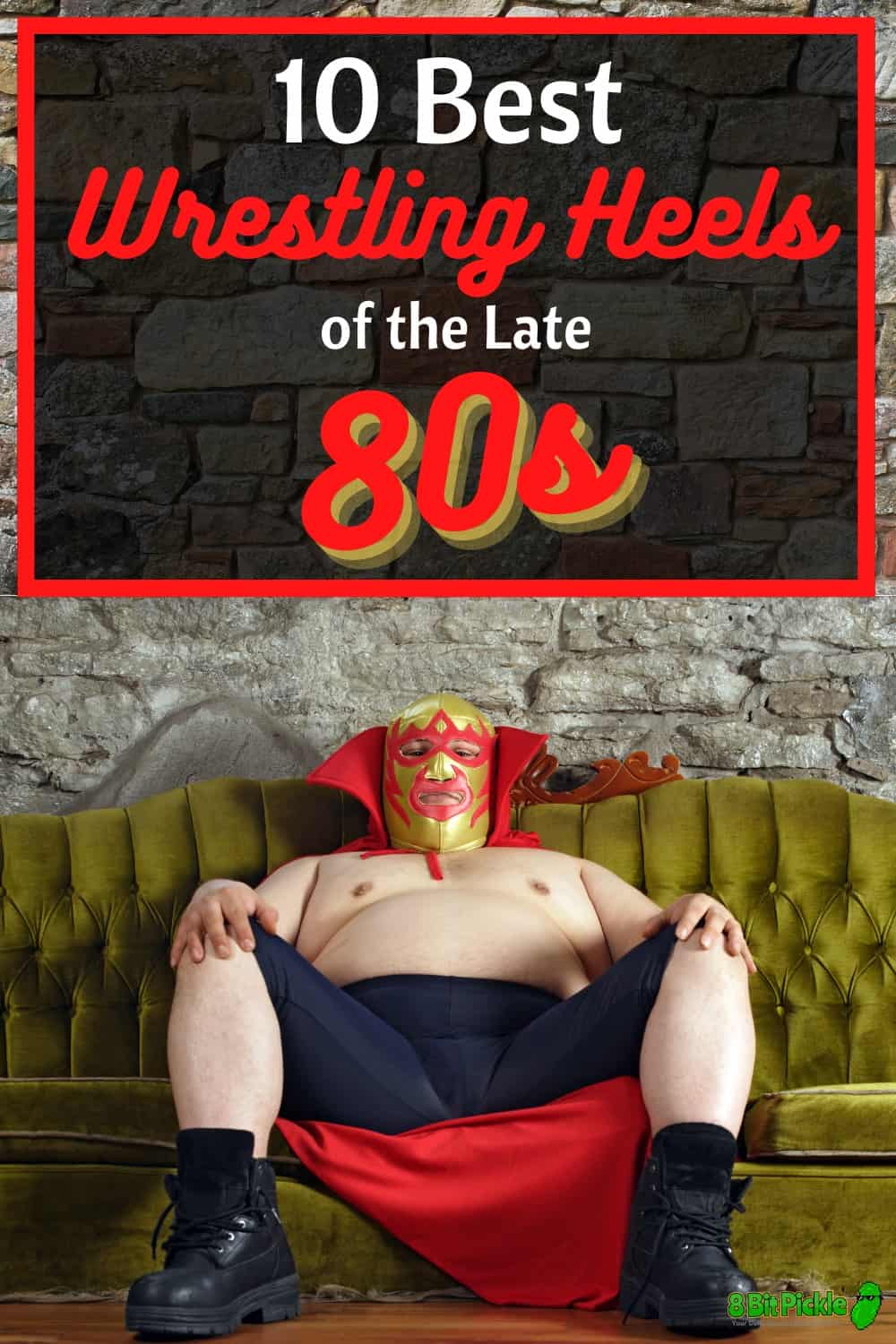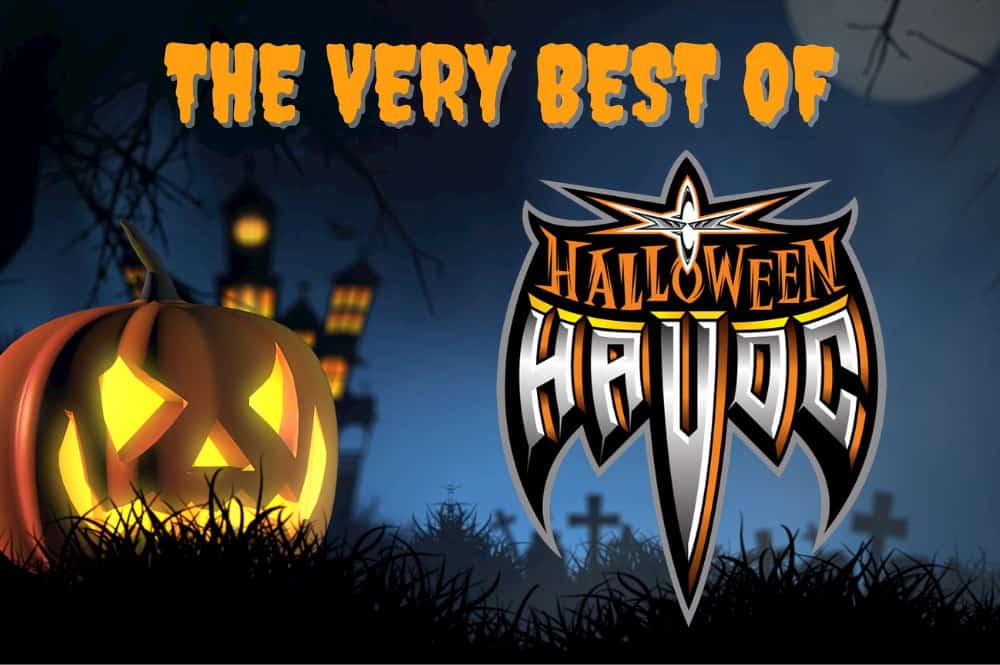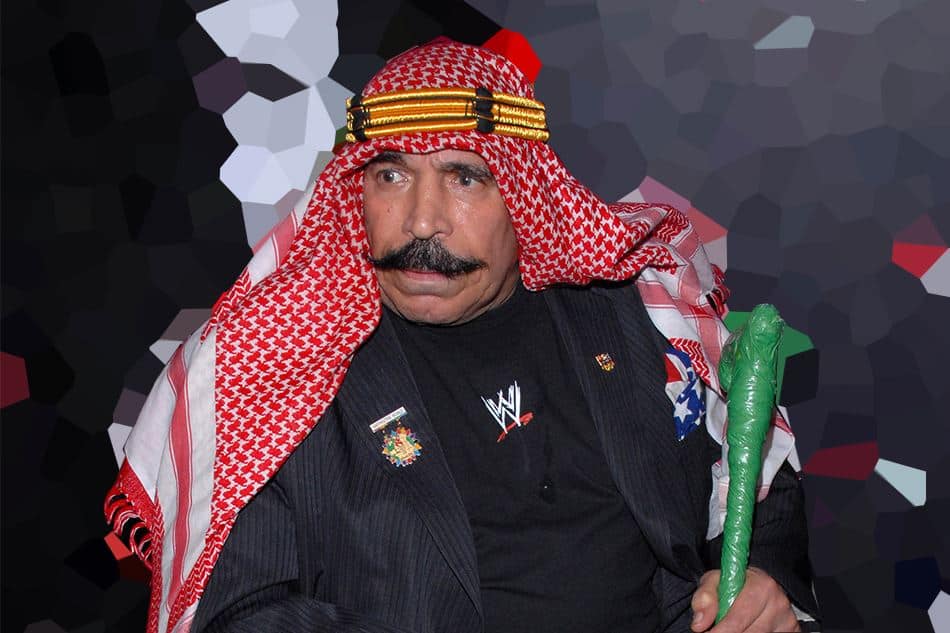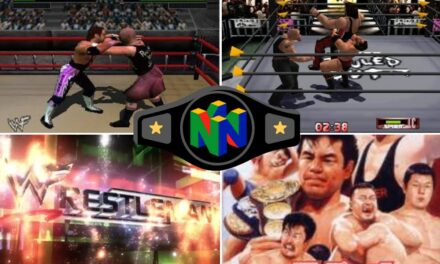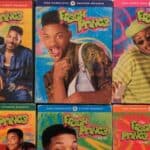The late 80s were the end of the golden age for wrestling. Once they ended, Hogan jumped ship, the Monday night wars began, and we were given the attitude era.
Villains of the time were a different breed than modern heels. Working on getting heat was so important that wrestling was almost a secondary job to making you hate them.
In our last list, we looked at the best wrestling heels of the early 80s. This time we are going to take a look at the second half of the decade.
Wrestling was so big in the 80s, that I was able to pick 10 more wrestlers without any overlap. So here are the
10 Best heels in wrestling from 1985 to 1989
“Macho Man” Randy Savage
An authentic wrestling icon entered into history for his voice, outfits, and the reckless style he used in the ring. Savage began his WWF career as a heel, accompanied by the beautiful manager Miss Elizabeth, and winning the Intercontinental title against Tito Santana.
His feud with Ricky Steamboat, together with their Wrestlemania 3 match, was one of the most heated in history and allowed Savage to go over hard with the crowds.
Popular support led him to become WWF champion at Wrestlemania 4 and form an alliance with Hulk Hogan, the Mega Powers.
Savage returned to being a heel in 1989, losing the WWF title against Hulk Hogan, and then calling himself “Macho King” Randy Savage.
Savage would continue to be a headliner throughout the 90s and eventually made the move to WCW.
Jake “The Snake” Roberts
Roberts is a wrestler who has achieved a lot of fame during his career both as a babyface and as a heel.
Inside the wrestling ring, his wits and charisma worked as a crowd magnet.
Jake is one of the few wrestlers who used DDT at the time, leading many to believe that he invented it (he did not). His execution of the move was smooth and quick, making the move look devastating.
Then of course there was Damien (or Damiens). Jake Roberts infamously used to bring his giant python into the ring to taunt and terrify both his opponents and the crowd.
Roberts became a WWE Hall of Famer in 2014. He is currently working with All Elite Wrestling, AEW.
Earthquake
John Tenta Jr. was a Canadian Pro Wrestler, who also had a career in Sumo Wrestling. He went by many names, most famously the Canadian Earthquake, Golga, and of course Earthquake.
His immense size and history in sumo and in All Japan Pro Wrestling helped launch the giants start in the WWF. Big guys were always a draw and often got attention from Vince.
Although often overlooked, he had a great run in WWF. As all larger heels do, he feuded with Hogan near the end of the decades and like others before him, Earthquake was fodder to fuel the Hulkamania cash cow.
Not long after that, he went on to become one half of the tag-team the “Natural Disasters”. Along with his partner Typhon, they were together for almost 3 years and even won the tag belts.
One Man Gang
As funny as it is in hindsight, to 9-year-old me, the One Man Gang was fricken scary. He was big, crazy, had a mohawk, and would squash his opponents in seconds.
George Gray started his wrestling career when he was just 17 years old. It seems like he was in just about every promotion in the south from NWA to WCCW to Mid-South.
And he was well decorated too; NWA Brass Knuckles Champion, Universal Wrestling Federation Heavyweight champion, WWF 12 man Royal Rumble, and Slammy award winner.
I’m going to skip his stint as Akeem here as that is a story all in its own, and the gimmick was far less menacing than the mohawked gang banger.
King Kong Bundy
Nicknamed “The Walking Condominium,” he was the prototype of the monster heel. The winner of a flash victory against SD Jones at Wrestlemania 1, King Kong Bundy was a monster of a man.
He headlined the second Wrestlemania against Hulk Hogan in a steel cage match. Interestingly enough this was the first time they introduced the blue bar steel cage that you remember appearing throughout the 80s.
Unfortunately, his loss at Wrestlemania 2 started his descending parable, and Bundy left WWF the following year, returning briefly in 1994/1995.
Still, he was one of the original monster heels.
Andrè The Giant
After a career as a fan favorite, Andrè The Giant turned the world of wrestling upside down by becoming a heel and challenging Hulk Hogan for the WWF world title in 1987.
Their match at Wrestlemania 3 brought together over 93,000 people, and to many, goes down as the most memorable moment in the history of the sport. Hogan slams Andre, delivers the leg drop, and beats him 1-2-3 breaking his unbeaten streak that had lasted for 15 years (but not really).
Physical problems due to his gigantism led Andrè to an increasingly marginal role in WWF until he fought his last WWF match in 1990.
Andrè died in 1993 and became the first person inducted into the WWF Hall Of Fame.
The Honky Tonk Man
If you knew nothing about wrestling, the Honky Tonk Man along with his manager Jimmy Hart would seem like nothing more than a cheap Elvis Presley impersonator, but he was so much more.
He is a perfect example of a “coward’s” heel, who used every impropriety and quibble of the rules to avoid defeat.
Considered by many to be the greatest intercontinental champion of all time, Honky Tonk has the record for holding the belt longer than any other wrestler.
He became champion by surprise on June 2, 1987, defeating Ricky Steamboat, and losing it 454 days later, on August 29, 1988, in a very fast match against Ultimate Warrior at Summerslam 1988.
Honky Tonk Man’s record still stands today, and hopefully will not be surpassed.
“Ravishing” Rick Rude
A real playboy, who showed off his perfect body and enjoyed seducing women in the front row. Rude was a charismatic heel and excellent wrestler with a fabulous stage presence.
Accompanied by his manager Bobby “The Brain” Heenan Rude managed to enter history by defeating The Ultimate Warrior at Wrestlemania V, and winning the Intercontinental title.
The feud between him and Jake the Snake is probably one of the most iconic and unforgettable feuds of the 80s.
Known for his perfect physique and his vain overconfidence, Rick Rude’s character has inspired generations of similar villains.
The Big Boss Man
The Big Boss Man had amazing runs both in WWF and WCW. He also worked for the NCA during his early wrestling days.
Although his gimmick was as a correctional officer, he looked like a cop, and nothing is scarier than a bad cop.
He would handcuff his opponents to the ropes and beat them mercilessly with his nightstick. Many wrestlers used weapons on their opponents, but there was something about the handcuffs that just added so much more heat to his gimmick.
For some reason, they teamed him up with Akeem “The African Dream” to form the “Twin Towers” and they had a good run. But other than their size, there was no reason for this match up.
Not long after that, he went back to All Japan for a while before returning as “The Boss” in WCW. While not doing much in the way of titles, the “Boss” went through a few name changes and did very well as a mid/top carder.
When he finally returned to the WWF in the late 90s, he was able to win the Tag-Team Championship with Ken Shamrock as part of “The Corporation” and held the hardcore championship belt 4 times.
“The Million Dollar Man” Ted DiBiase
He was rich, he could buy everything and everyone, but not the WWF world champion belt. He tried to purchase it in 1988 from Andrè The Giant, but it was never officially recognized by WWF.
DiBiase was an excellent wrestler and an excellent heel, characterized by his evil laugh and the money he flaunted arrogantly.
Accompanied by his bodyguard Virgil The Million Dollar Man was famous for bullying kids, shoving money in his opponent’s mouths, and trying to buy his way out of any predicament he got himself into.
His gimmick was so good in fact that his in-ring skills were often overlooked.
“Everybody’s got a price for the Million Dollar Man!”
What wrestler did you love to hate in the late 80s? Let us know.

